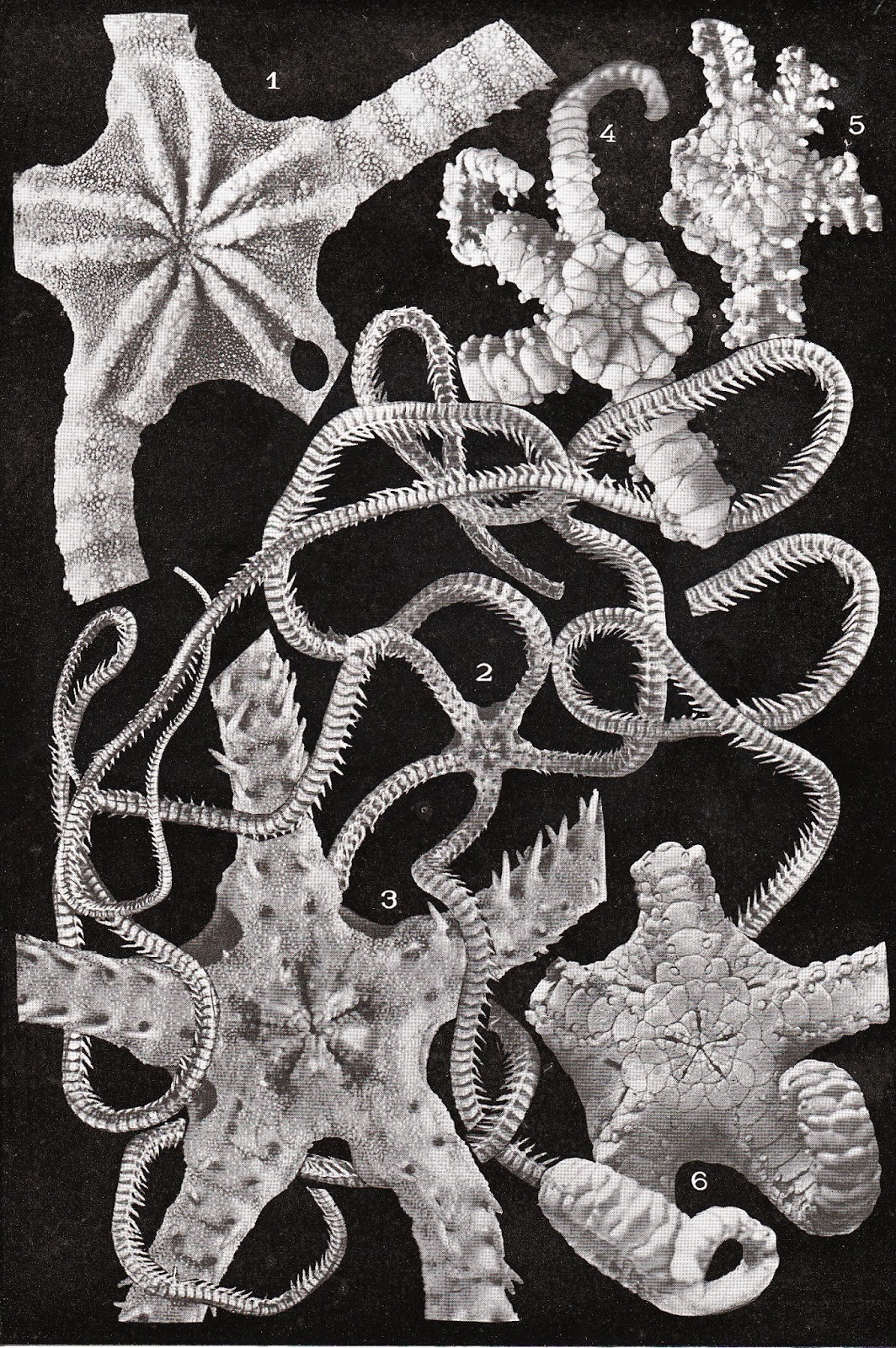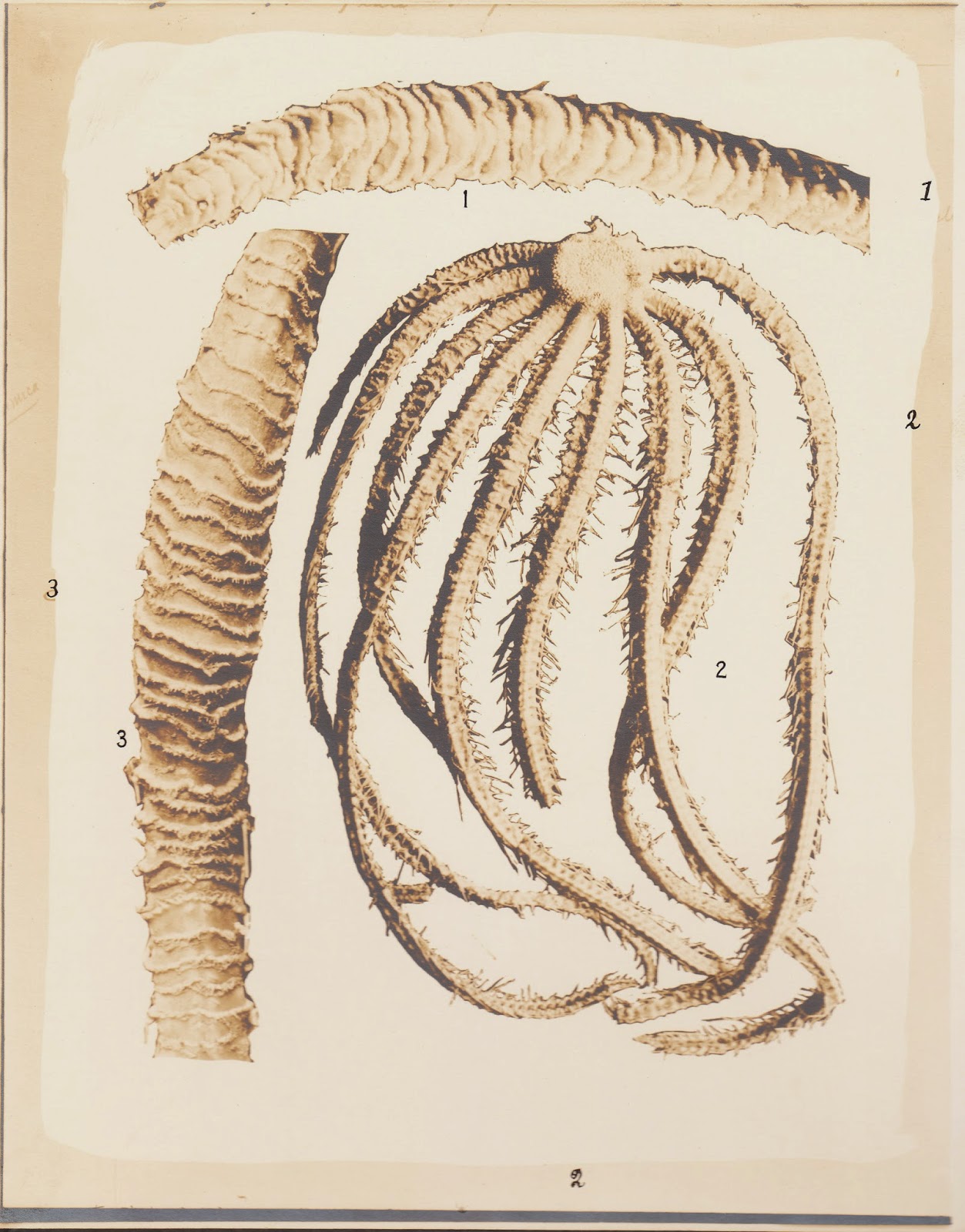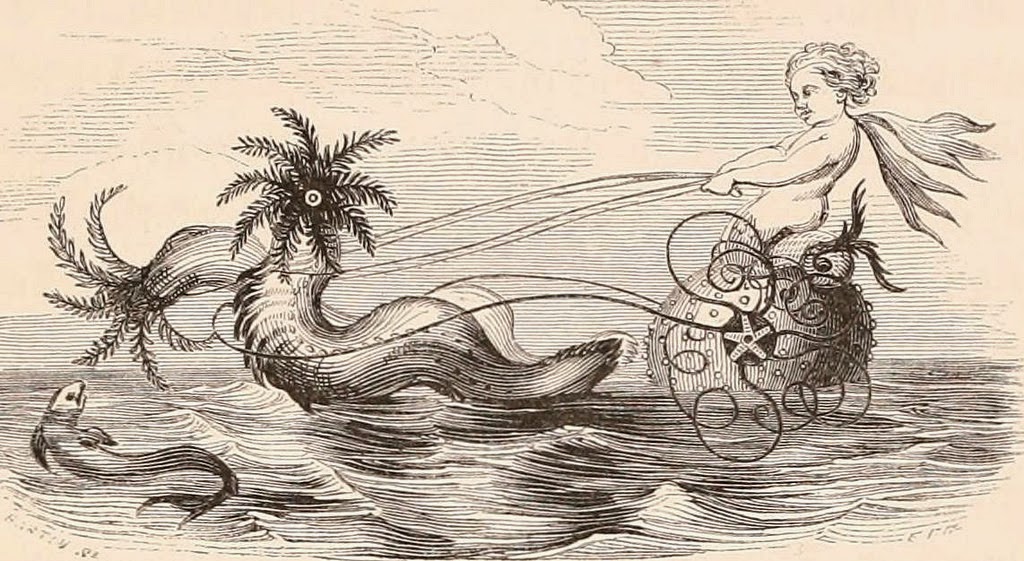 |
| Gulf of Alaska 2004 Expedition. NOAA Office of Ocean Exploration |
Many of you know that I have participated in the last two R/V Okeanos ROV dives as an onshore advisor. I often identify asteroids (i.e. starfish) and provide other information as I am able. I've only helped them out since 2013 but found lots of their images useful for my research.
You can find NOAA-Okeanos dive screengrab recaps on my bloghere for 2013 and here for the recent 2014 dive.
Those of you on my Twitter account (@echinoblog) have been watching me post links to various pictures as I have been reviewing these pics.. There are literally THOUSANDS of pictures of deep-sea biology, geology and history !!! Who would be crazy enough to go through all of it one by one??? Yes. Me!
So, for your education and infotainment I have cherry picked many noteworthy images and have showcased them below. (note that ALL images have original links below them)! Enjoy!
Giant Amoeba Houses??
Here's a cool structure made by a giant amoeba called a xenophyophorean! (deep-sea Galapagos) Take a moment to consider that a UNICELLULAR organism could have made this! (and yes, they will eat proper animals!)
 |
| From the 2011 NOAA Okeanos Explorer Program, Galapagos Rift Expedition 2011 |
But in contrast, what about this from Indonesia??? A Mystery?? Another xenophyophorean??
 |
| From July 2010 NOAA Okeanos Explorer Program, INDEX-SATAL 2010 Basket Stars Behaving uh... badly? What is going on here? I've honestly never seen TWO basket stars so close to one another. What are they doing? Fighting? Doin teh sex? The gorgonocephalid equivalent of a backrub? Only they know for sure. (North Atlantic) |
 |
| From Lophelia II 2008: Deepwater Coral Expedition: Reefs, Rigs, and Wrecks |
Brittle Stars Doing Crazy Things!
From the Atlantic... Probably just filter feeding, but I don't know that I've ever seen so many of them with their arms all curled up like that just FLAT on the sediment. Weird. |
| From the Lophelia II 2008: Deepwater Coral Expedition: Reefs, Rigs, and Wrecks |
and more of the same...
 |
| from Lophelia II 2008: Deepwater Coral Expedition: Reefs, Rigs, and Wrecks |
Here is what we call in science "a fancy pants brittle star" (note the gorgeous red and white pattern though) on a really extended whip coral (aka antipatharian). Video from the Bahamas in 2009.
 |
| From Bioluminescence 2009 Expedition, NOAA/OER |
 |
| From 2009 Bioluminescence 2009 Expedition, NOAA/OER |
PIN WHEEL CRINOID??
A cool looking "pin wheel" stalked crinoid (Hyocrinidae) from Indonesia, a new species currently being worked on by colleagues in Paris. This is what it looks like "open"
 |
| From NOAA Okeanos Explorer Program, INDEX-SATAL 2010 |
and curiously, this species retracts its arm in repose like this! As the kids say these days "That is pretty whack! "
 |
| From NOAA Okeanos Explorer Program, INDEX-SATAL 2010 |
BIG PACKS OF FILTER FEEDING ECHINODERMS!
Stalked isocrinid crinoids! From the Marianas Arc, Pacific Ocean! All turned into the current!!
 |
| Image courtesy of Submarine Ring of Fire 2006 Exploration, NOAA Vents Program |
 |
| Image from the Submarine Ring of Fire 2006 Exploration, NOAA Vents Program |
Some translucent Swimming Sea Cucumber intestine showing POOP??
Is this Sea Cucumber Poop??
Exotic Indonesian Sea cucumber poop? Or possibly from an Acorn Worm? (below)
Deep-sea Urchin Poop!
and a special non-echinoderm poop bonus! Acorn Worm POOP!
Images from Indonesia.. Worms leaving unique castings in the sediment...
 |
| from NOAA Okeanos Explorer Program, Mid-Cayman Rise Expedition 2011 |
Exotic Indonesian Sea cucumber poop? Or possibly from an Acorn Worm? (below)
 |
| From NOAA Okeanos Explorer Program, INDEX-SATAL 2010 |
 |
| From NOAA Okeanos Explorer Program, INDEX-SATAL 2010 |
Deep-Sea Urchin POOP!
Here is a great shot of an Echinothuriid urchin (aka the pancake or tam o shanter urchin) taking a poop!! A Gulf of Mexico species. Contrary to what the labels on the website say, this is defecation and NOT gametes being released.
 |
| NOAA Okeanos Explorer Program, Gulf of Mexico 2012 Expedition |
 |
| NOAA Okeanos Explorer Program, Gulf of Mexico 2012 Expedition |
Images from Indonesia.. Worms leaving unique castings in the sediment...
 |
| From NOAA Okeanos Explorer Program, INDEX-SATAL 2010 |
 |
| From NOAA Okeanos Explorer Program, INDEX-SATAL 2010 |
What I hope is that this will provide a spotlight on NOAA's very EXTENSIVE library of images!
MANY valuable and interesting things in there! Enough for many more posts. But what's most amazing? A lot of it is UNPUBLISHED stuff!!
But its hard to make a guess as to what kinds of things you will find (sometimes because you don't know what you are looking for) This provides a taste of the diversity and abundance of tantalizing images. Sponges! Corals! Worms! Even protists!
MANY valuable and interesting things in there! Enough for many more posts. But what's most amazing? A lot of it is UNPUBLISHED stuff!!
But its hard to make a guess as to what kinds of things you will find (sometimes because you don't know what you are looking for) This provides a taste of the diversity and abundance of tantalizing images. Sponges! Corals! Worms! Even protists!










































































































